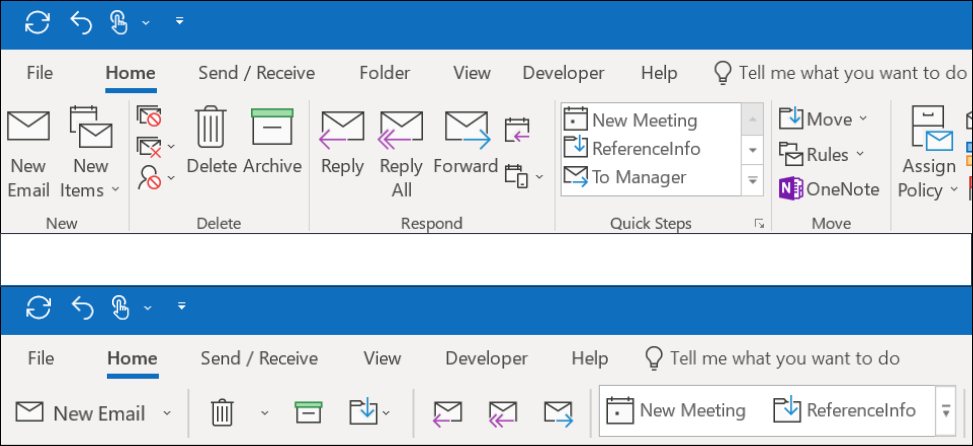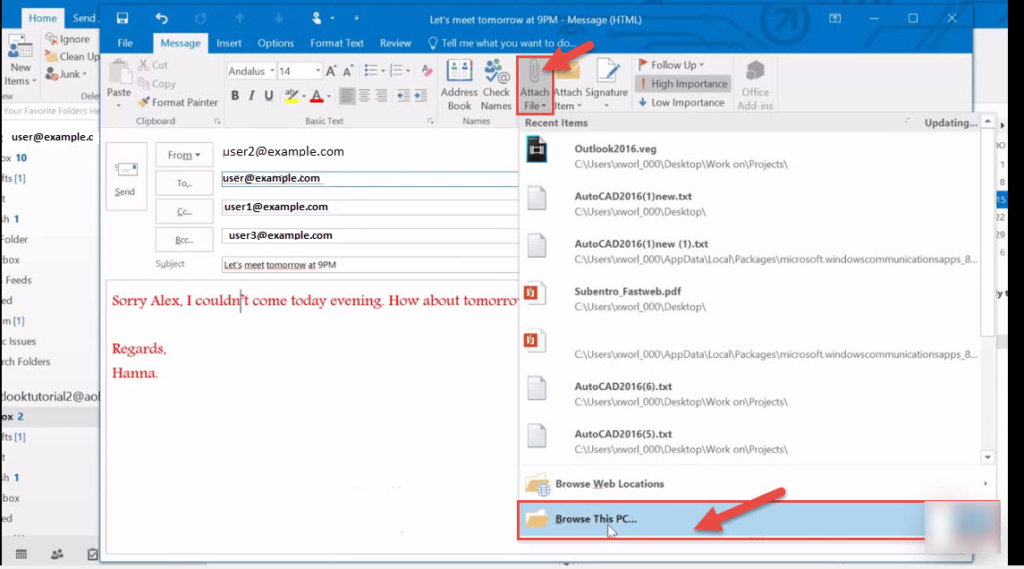

- Help with microsoft outlook 2016 update#
- Help with microsoft outlook 2016 Offline#
- Help with microsoft outlook 2016 windows#
Help with microsoft outlook 2016 update#
Thus, if something happens anytime the file is being processed, you might be left with a partial update and most likely corruption. It’s a binary file format and therefore was never designed to be fault tolerant. As noted above, some of this has to do with the age and design of the data format. There are a lot of reasons PST files can get corrupted. Perhaps it’s the reason you’re reading this article in the first place. Criminal enterprises love going after PST files because of their broad use and the fact they’re sitting on millions of PCs.īecause these files are stored locally, there’s also a higher possibility the files aren’t being updated regularly. The high likelihood of corruption (stability issues or unexpected access errors) is generally because these files were designed decades ago. Unfortunately, PST files can become corrupted and are sometimes the target of cybercriminals.
Help with microsoft outlook 2016 windows#
Settings\\Local Settings\Application Data\Microsoft\Outlook (typically older Windows versions).drive:\Users\\Roaming\Local\Microsoft\Outlook (Windows 11/10).drive:\Users\\AppData\Local\Microsoft\Outlook (Windows 11/10).Typically, you’ll find these files in one of three locations: The location of PST files on your local computer depends on the Outlook version, Windows version, and how the PST file was created. Those files, like other ones on your computer, are easy to back up, so it’s less likely you’re less likely to lose the data. You can export the PST and use it in other supported programs. Once your email data is downloaded from a mail server, it’s physically on your computer. Localization is the main benefit of using PSTs. Because of this, there's no reason to back up this file or import it when a new computer comes online. Like OST files, NST data automatically syncs between your computer and the email service. It stores Groups conversations and local Groups data.

Outlook Group Storage Files (.nst) is the newest type of Outlook data. Unlike PST files, OST files cannot be moved to other services. When the internet connection returns, any changes you made are automatically synced across the mail server (and other devices). For example, on a train without Wi-Fi, you can quickly draft new emails, update your calendar, remove contacts, create contacts, and more. When your computer is offline, you still have access to your information and can make changes or edits. They store a synchronized copy of your mailbox on your local computer.
/Microsoft-Outlook-2016-5be9a60a46e0fb002d349e0b.jpg)
Help with microsoft outlook 2016 Offline#
Offline Outlook Data Files (.ost) are generally used by IMAP, Microsoft 365, Exchange, and email accounts. Most importantly: when you save messages or other items in an Outlook Data File (.pst), the items are available only on the computer where the file is saved. Additionally, PST files support uploads to other email services. pst files are stored directly on your computer, they don't count against your mailbox size on a mail server. Importing information such as email messages, contacts, calendars, and more are also possible. pst, including using it to back up or export items from different types of email accounts. After Outlook 2016 and 365, IMAP accounts began creating Offline Outlook Data Files (.ost). However, IMAP accounts used these formats in Outlook 2013 and earlier versions. These files are typically for POP email accounts. Outlook Data Files (.pst) store messages and other Outlook items on your computer. It's time to take a more in-depth look at the three types of PSTs, Outlook Data File (.pst), Offline Outlook Data File (.ost), and Outlook Group Storage File (.nst). For example, three email accounts have three PSTs, each with a set of emails, contacts, calendar items, and reminder messages. Every email account on your computer has a separate PST.


 0 kommentar(er)
0 kommentar(er)
